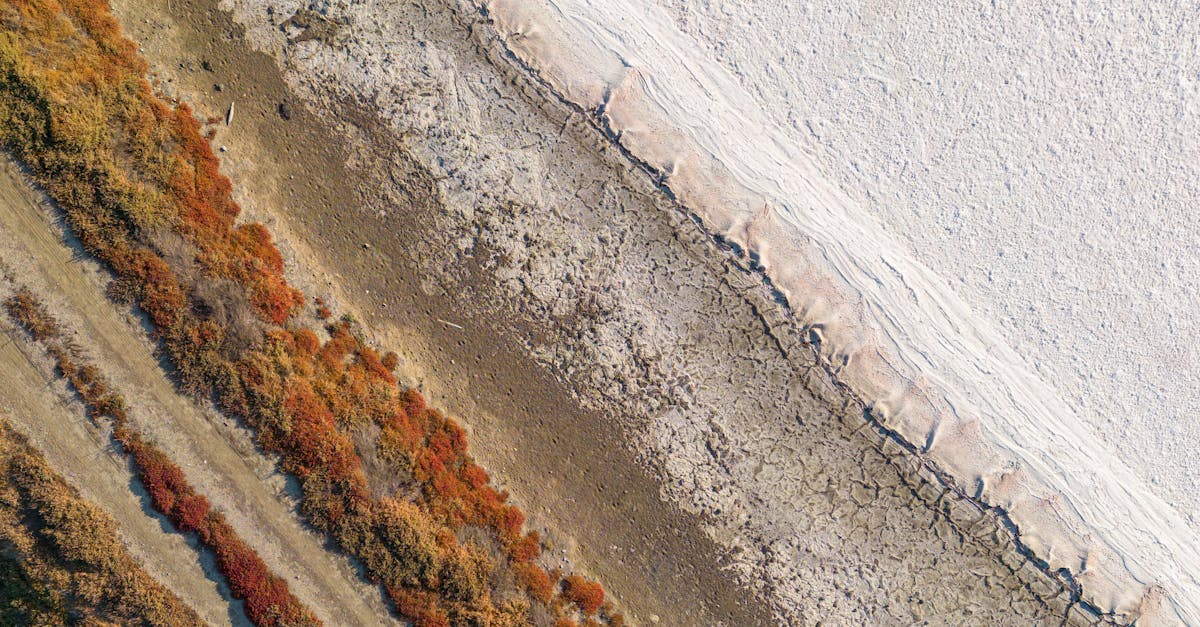Understanding the Complexities of Earth’s Changing Climate
The Earth’s climate has undergone significant changes throughout its history, with the current era being no exception. The scientific community has made tremendous progress in understanding the underlying mechanisms driving these changes, and this article aims to provide an overview of the science behind Earth’s changing climate.
Greenhouse Gases: The Main Culprits
One of the primary drivers of global warming is the increase in greenhouse gases (GHGs) in the atmosphere. These gases, including carbon dioxide (CO2), methane (CH4), and water vapor (H2O), trap heat from the sun, preventing it from being released back into space. The main sources of GHG emissions are human activities such as burning fossil fuels, deforestation, and land-use changes.
The Carbon Cycle: A Key Player
The carbon cycle plays a crucial role in understanding the Earth’s climate system. It refers to the movement of carbon between the atmosphere, oceans, land, and living organisms. Human activities have disrupted this natural cycle, leading to an increase in atmospheric CO2 levels. This, in turn, has contributed to global warming.
Ocean Currents: A Cooling Mechanism
Despite the warming trend, ocean currents continue to play a vital role in regulating Earth’s climate. Ocean circulation patterns help distribute heat around the globe, which helps moderate temperatures in different regions. However, human activities such as pollution and warming of the oceans have disrupted these natural processes.
Feedback Loops: Amplifying Climate Change
Climate change has also led to the formation of feedback loops, where changes in one part of the system amplify the effects elsewhere. For example, melting Arctic sea ice reduces the Earth’s albedo (reflectivity), allowing more solar radiation to be absorbed and leading to further warming.
The Role of Aerosols: A Complication
Aerosols, such as sulfates and black carbon, can influence climate change by reflecting sunlight back into space or absorbing heat. However, human activities have also increased aerosol concentrations in the atmosphere, which has both positive and negative effects on climate.
Climate Change Impacts: A Growing Concern
The consequences of climate change are far-reaching and devastating. Rising temperatures, more extreme weather events, and changes in ocean currents all contribute to a rapidly changing world. Understanding the science behind Earth’s changing climate is essential for developing effective strategies to mitigate its impacts.
Conclusion: Taking Action Now
As we continue to navigate the complexities of Earth’s changing climate, it’s clear that human activities have significant impacts on our planet’s systems. By understanding the underlying mechanisms driving these changes, we can take action to reduce GHG emissions, protect natural habitats, and adapt to a rapidly shifting world. The clock is ticking – let’s work together to ensure a sustainable future for all.
